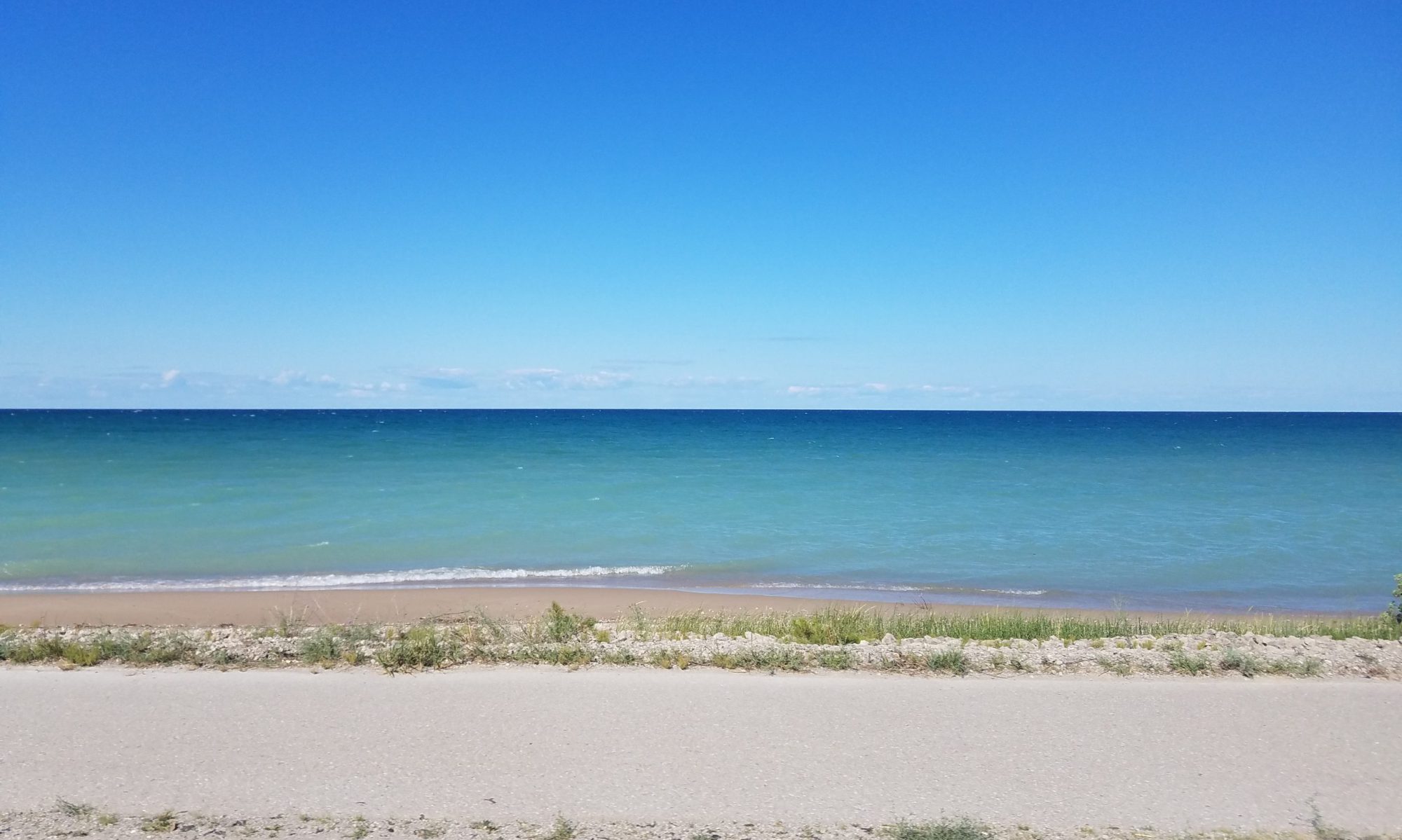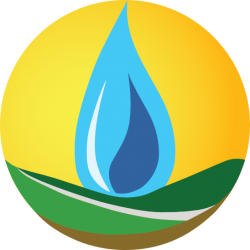
Higgins Lake is Michigan’s 10th largest inland lake, and one of its deepest. Despite its long history of clean water, Higgins Lake is experiencing changes in water quality, underwater vegetation, invasive species, and Swimmer’s Itch. Many of these changes impact the shallow region near shore, in the area called the shelf. The current water quality monitoring program focuses on the deeper areas of Higgins Lake. These measurements are not always the same in the shallower regions of the lake.
The area surrounding Higgins Lake includes two state parks, >1300 riparian landowners and thousands of residents in the surrounding townships. In 1996, a USGS study of Higgins Lake reported a link between residential density and lower water quality due to nutrient contamination. The majority of the shoreline of Higgins Lake is populated by septic-served homes. These septic systems may act as a major source of near-shore nutrient contamination, especially during high occupancy times, such as summer.

The water quality of Higgins Lake is routinely measured by volunteers from the Cooperative Lakes Monitoring Program. However, these measurements are taken in the deepest sections of the lake and do not accurately represent the shallow shelf area. Measurements from the North Basin usually display relatively low nutrients levels (about 10ug/L Total Phosphorus). However, nutrient levels in the near-shore area of the lake are significantly higher (image). According to the Trophic State Index, the shelf water is hypereutrophic (excessively high nutrients).
This study looks at the linkages between septic systems and near-shore water quality. One hypothesis is that areas of higher nutrient levels may result in hot spots for snails (an intermediate host for Swimmer’s Itch parasites, family Schistosomatidae) and may, thus, increase the risk of Swimmer’s Itch in those areas. The work includes collecting water quality samples in the near-shore area around Higgins Lake and characterizing the location of septic-served households using remote sensing, high-resolution sampling and chemical markers. The study will: 1) provide a 20-year follow-on to portions of a 1996 USGS report studying the water quality of Higgins Lake with regard to residential development, 2) establish a baseline of concentrations of so-called emerging contaminants and non-traditional chemical fingerprints (for instance caffeine, triclosan, and estrogen), 3) identify hot-spots of septic system contamination and inputs, and 4) link these inputs to recreational and human health concerns.

